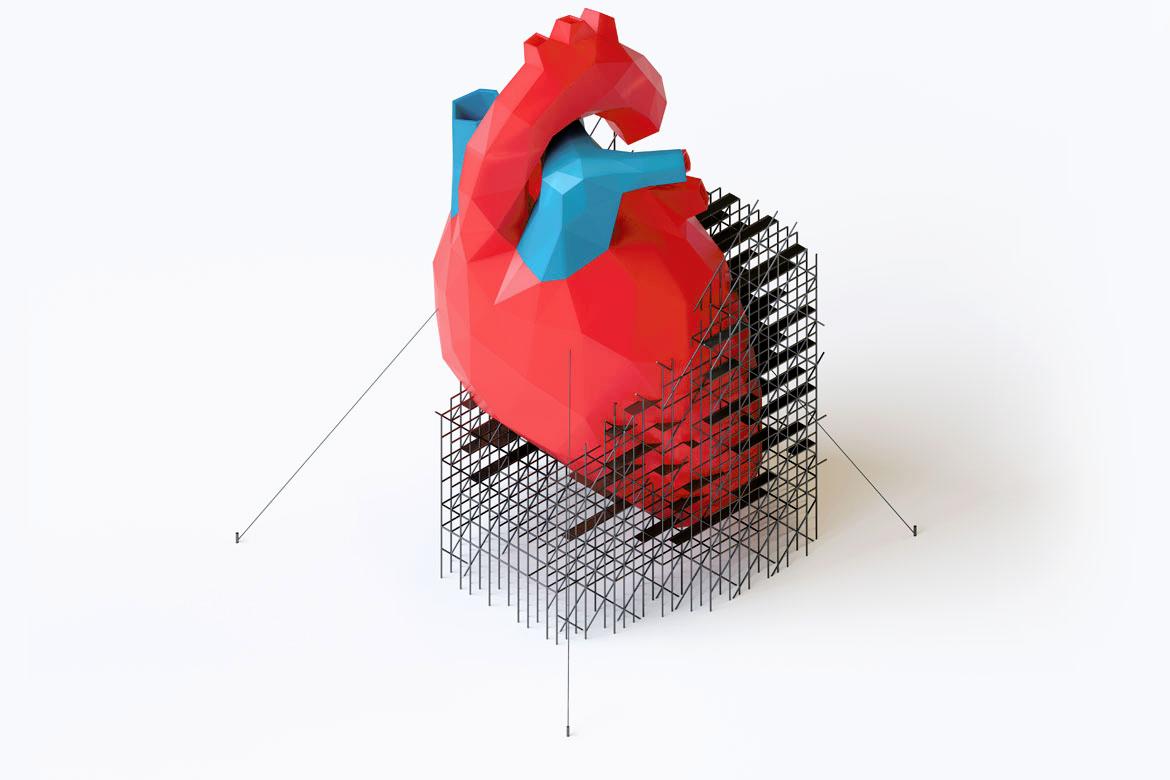How is congenital heart disease treated?
Congenital heart diseases may be treated using a minimally invasive technique such as a transcatheter procedures or open surgery, depending on the type and severity of the condition.
In a transcatheter procedure, a catheter (small tube) is used to deliver an intravascular device like a balloon, coil or stent to help dilate (widen) or close existing heart defects.
Types of transcatheter procedures
Types of transcatheter procedures include:
Balloon angioplasty or balloon dilation
This procedure widens narrowed blood vessels to improve blood flow within the heart.
Balloon atrial septostomy
This procedure is used to treat some congenital heart defects and can be performed in foetuses or infants. It is usually a technique that widens the hole between the right and left side of the heart.
Balloon valvuloplasty
This procedure is recommended for patients with narrowed valves. A tiny balloon catheter is directed to the target valve and is inflated and deflated several times until the valve opening is widened sufficiently.
Device closure of patent ductus arteriosus
For patent ductus arteriosus (PDA), a catheter is used to insert a device via blood vessels and into the heart where it closes the gap and restores normal blood flow.
Device closure of an atrial septic defect
An atrial septic defect (ASD) is a congenital heart defect between the upper 2 chambers of the heart. Device closure is done with an occluder (separator) inserted to divide the 2 chambers so the heart can resume its normal function.
Types of surgeries
For certain CHDs, open surgery may be recommended to correct the defect.
Surgeries include the following:
Surgical repair of atrial septal defect and ventricular septal defect.
Bidirectional cavopulmonary (Glenn) shunt
This is a commonly performed procedure for a variety of cyanotic congenital heart diseases that lead eventually to a single ventricle repair.
Fontan procedure
This is a form of open-heart surgery that redirects blood from the lower part of the body directly to the lungs. This allows oxygenation of the blood without having to pass through the heart.
Ligation of patent ductus arteriosus
This surgery closes the small blood vessel between the aorta and pulmonary artery. It can be tied off, clipped or divided and cut close the hole.
Modified blalock-taussig shunt (MBTS)
This surgery is performed on newborns using a shunt to create a connection between the systemic arterial system and the pulmonary arterial system. This allows blood from the aorta to reach the lungs.
Norwood procedure
This is a form of open-heart surgery to build a new aorta and ensure that the right ventricle is able to pump blood to the body through the new aorta.
Pulmonary artery band (PAB)
This surgical technique is used to reduce pulmonary over-circulation in certain congenital heart defects.
Rastelli procedure
This involves implanting a conduit that restores the the left ventricle's ability to pump blood to the body.
Ross procedure
This surgery repairs an abnormal aortic valve, replacing it with a pulmonary valve.










